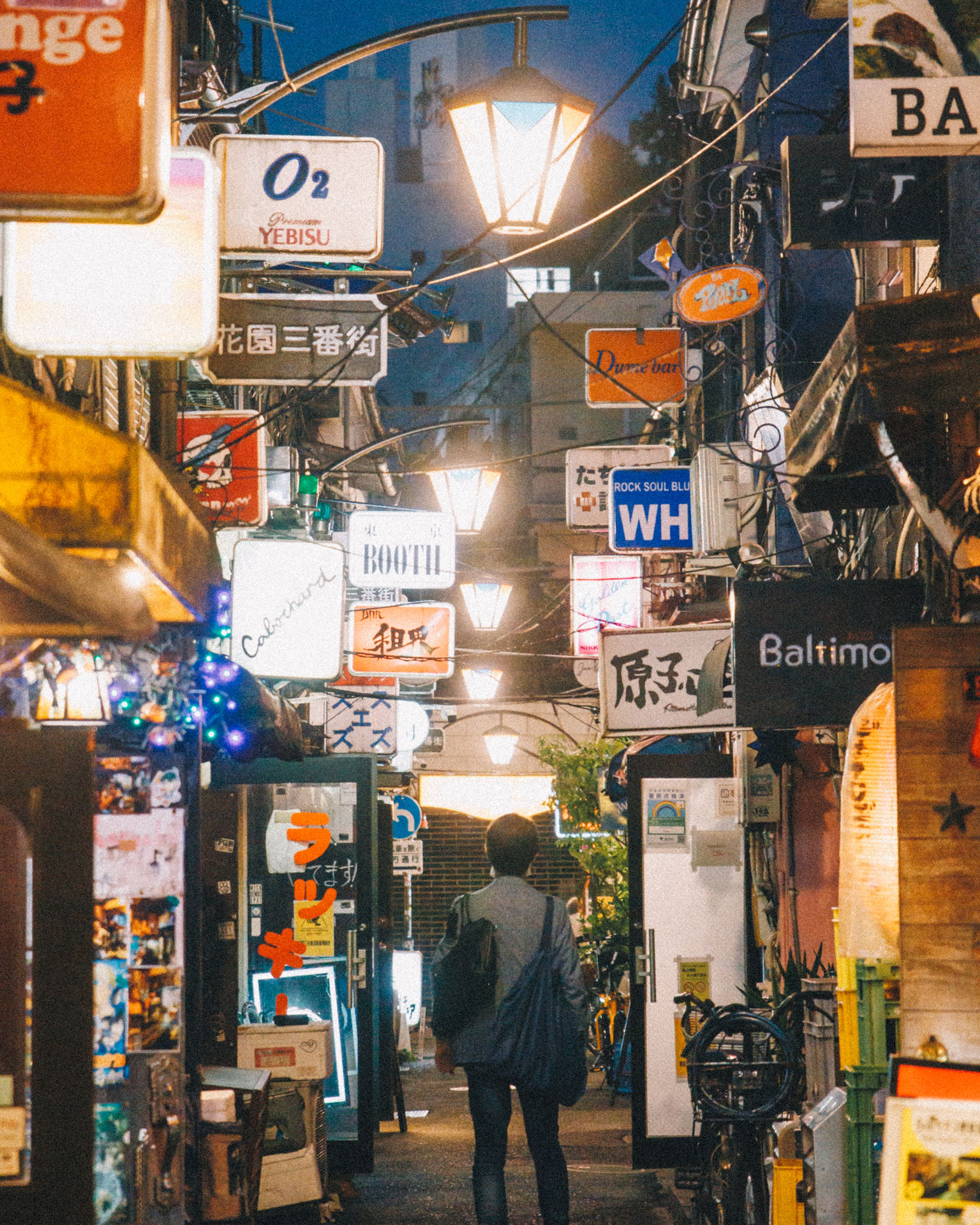
Bar Owners
Representation by Visual Branding
by Alisa
What is Visual Branding?
Design components including colors, materials, forms, typefaces (typography), and functionality make up visual branding. Everything that a business employs, including signboards, social media postings, logos, and content strategies, are all considered to be part of branding.
A business’s visual identity, often known as its visual branding, visually expresses its values and personality. Through the use of certain colors, forms, and fonts, a visual identity seeks to evoke an emotional response in the consumer.
Successful visual branding makes the customer trust the business, produces a memorable experience for them, and, if the experience is positive, generates recommendations and repeaters. Therefore, one of the finest tools you have for connecting with your audience is visual branding.
How Do Bar Owners Visually Present Their Bars?
Each bar owner has their own unique world they want to share with their customers. According to Dang (2018),
“Visual branding is the visual aspect of branding in general, which means it influences customers’ perception through visual elements such as color, typography, shape, imagery, and so on.”
“Beyond the first impression, visual branding can communicate with the audience. In order to make it easier for customers to understand and remember how special a brand is, it needs to demonstrate and communicate its difference.”
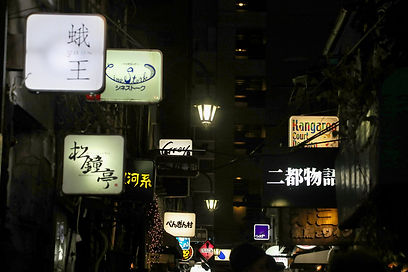
Retrieved from
The bar owners would use materials and elements to express what kind of bar it is, and these elements enable us to assume what kind of atmosphere they offer. Each element would differentiate its bar from the other bars, both inside and outside of Golden Gai. For example, the membership boards, bar names, and posters would express what kind of bar it is, as it visually represents the bar to passing people. This page will explore in detail how bar owners would utilize each visual element to express the intended atmosphere of the bar.
Membership signboards
((Also Mentioned in Unspoken Rules and Regulations and Rules. ))
There were many signboards that indicated that only members of the bar could enter. The membership signboards act as agents to filter customers into two types: those who are members and not members. By applying such membership signboards, the bar owners can create a sense of exclusiveness for their customers, providing them with the contentness of having access to a place where only a limited number of people can go to. The fact that the bar owner acknowledges and admits the customer as a member of the bar creates some kind of relationship between the customer and the bar owner.
However, according to our interviews, we found out that not all bars with membership boards ban newcomers. The bar owners use these signboards as excuses to refuse rowdy customers from entering their bars. They can choose their own customers without offending the customers, as they would not know that these members-only signboards are not necessarily speaking the truth.
Bar Name and Signboard
The bar name would be one of the first things a customer notices when looking through Golden Gai. As Dang indicated, bar owners can communicate with their audience via their bar name and the design of signboards. Bar owners can choose to provide the impression they wish for by their choice of name, color, font, and possibly illustrations.
Moreover, according to one of our interviews, the bars may be named after memorable events that happened around or before the bars were opened.

For more information on different types of bars, read this section
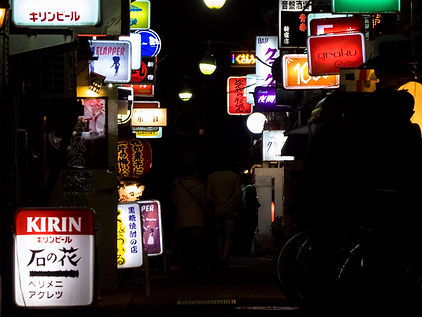
Retrieved from

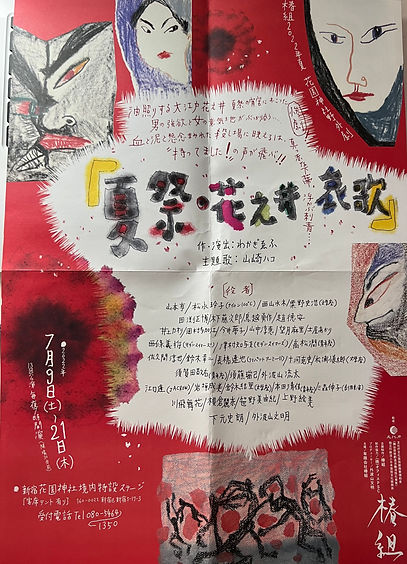
Posters
As most bars in Golden Gai have a theme or concept, the posters that decorate the bars would be a way for bar owners to express their fondness for their concepts.
📌 For example, a bar called Kura Kura was entirely based on theater plays and had numerous posters and photographs based on it. The poster on the right advertises the summer festival they plan on having, which will present plays enacted by various actors. It was organized by Bunmei Tobayama himself, the bar owner of Kura Kura.
These posters contribute to the visual branding (Dang, 2018) of each bar. No two bars have the exact same posters decorating their walls, as each bar is run individually. Bar owners can create an atmosphere that both they and their regular customers would feel comfortable in, surrounding themselves with visual properties of what they enjoy.
Bunmei Tobayama 外波山文明
-
Director of Shinjuku Golden Gai
-
Current owner of Kura Kura
In 1967, he joined the theater group "Henshin". In 1971, after working in street theater and outdoor theater, he founded Hamidashi Theater. Mainly producing performances at Hanazono Shrine Outdoor Theater in summer and at theaters in Shimokitazawa, he also has many guest performances with other groups. Active in various fields such as movies, TV dramas, and animation voice actors.
(Information retrieved from https://www.j-clip.co.jp/actor/tobayama-bunmei/ )
We had the opportunity to talk with him about Golden Gai, and he provided us with information on the history of Golden Gai.
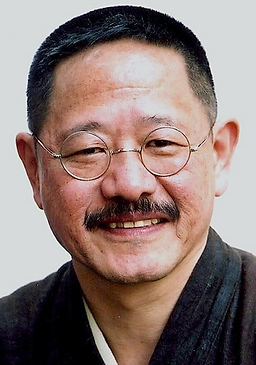
Conclusion
By utilizing visual branding, the bar owners would utilize objects to convey the type of bar it is, and these objects allow us to infer the ambiance they provide. The concepts of visual branding presented by Dang were applied to look into this deeper. Both inside and outside of Golden Gai, each aspect would set its bar apart from the other bars. For instance, the membership boards, bar names, and posters would describe the type of bar because they serve as a visual representation of the bar to onlookers.
.png)